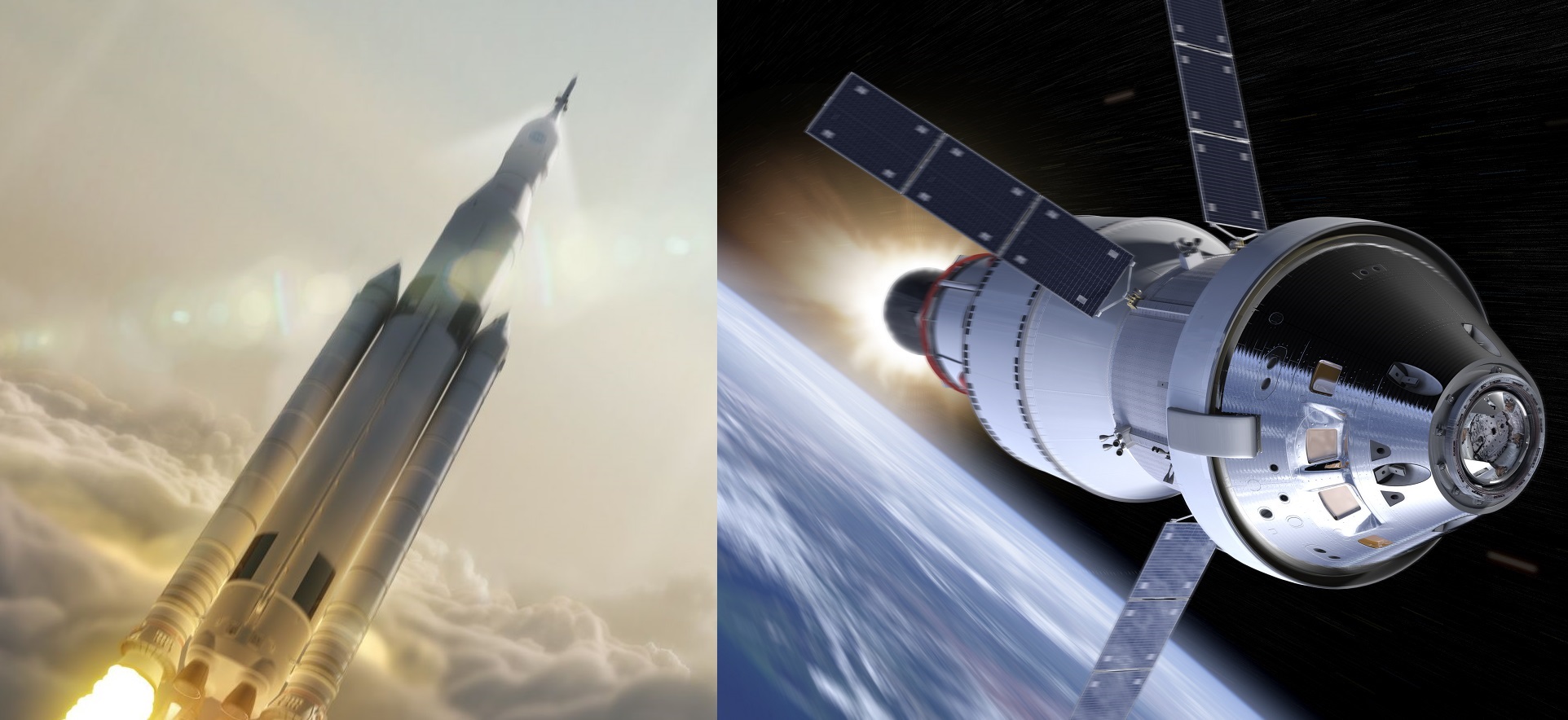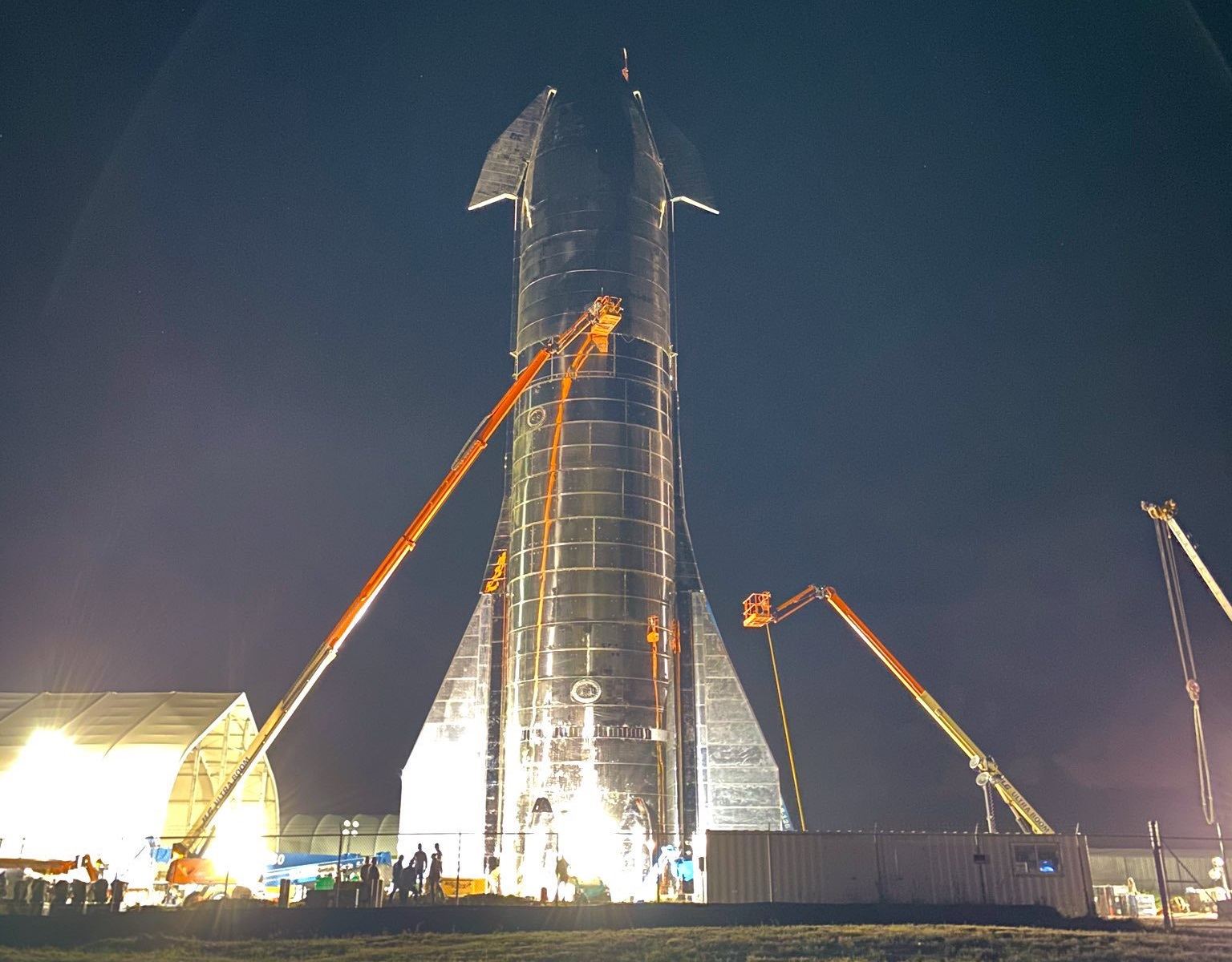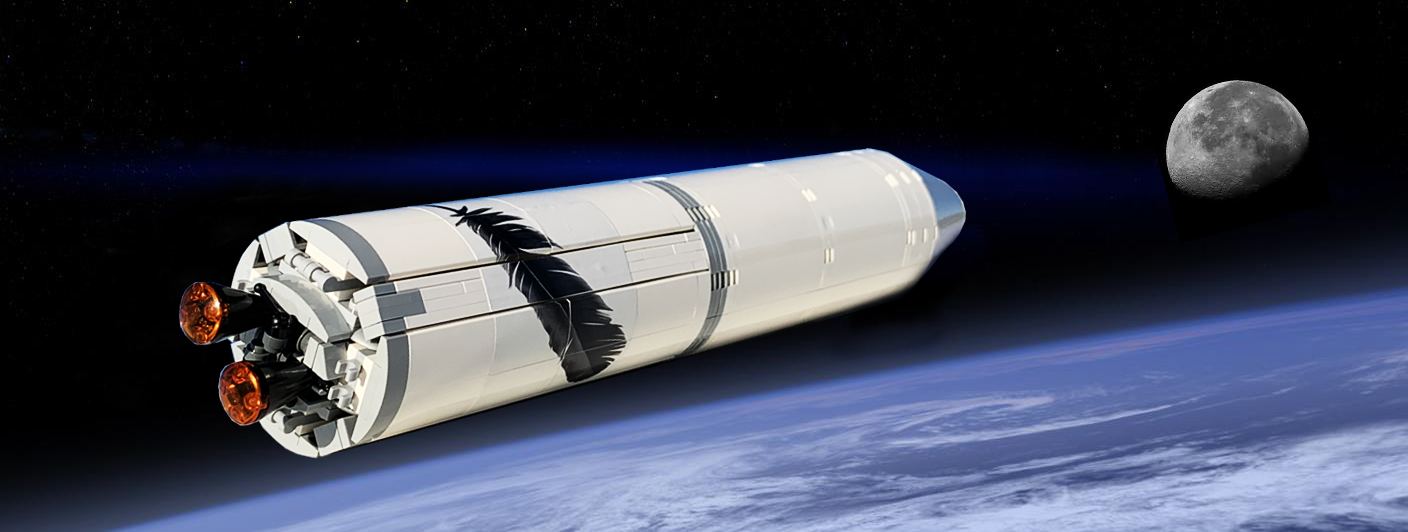Things are looking pretty good for Elon Musk and SpaceX, the company he founded back in 2002 with the intent of reinvigorating space exploration. In the last six months alone, SpaceX has deployed the first batch of its Starlink broadband internet satellites to space, conducted two successful untethered tests with the Starship Hopper, and finished work on the first orbital-class Starship test vehicle (the Mk.1).
And at the 70th International Astronautical Congress, which took place last week in Washington, DC, SpaceX president and Chief Operations Officer Gwynne Shotwell provided additional details about the Starship‘s mission timeline. As she indicated during a series of interviews, the company hopes to be sending the Starship to orbit next year, landing on the Moon by 2022, and sending payloads to the lunar surface by 2024.
Continue reading “SpaceX is Sure They’ll be Able to Land Starship on the Moon in 2022”










